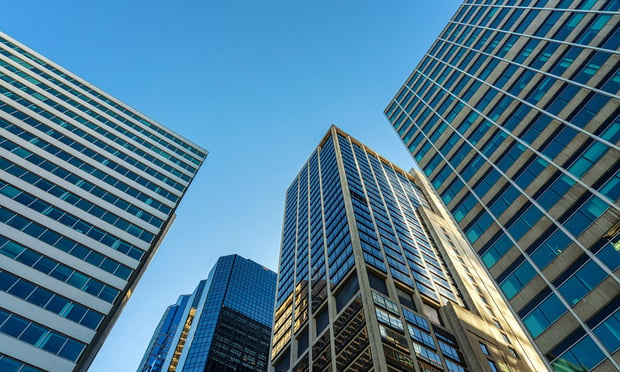With new construction of only 2,500 units expected in 2004, vacancies should drop to 7.8% from 8.4% in 2003 and 8.9% in 2002, according to a new multifamily market analysis by Marcus & Millichap Real Estate Investment Brokerage Co.
The expected construction decrease from 4,700 units in 2003 "represented the lowest level of new multifamily construction in Orlando in several years," says Hessam Nadji, managing director, research services at Marcus & Millichap.
Falling vacancies will also bring average asking rent levels to $769 per month, a 2.4% increase from $751 per month in 2003. Average monthly rents in 2002 were $740. "The future for Orlando multifamily investment is looking brighter than it has in several years, with diminishing construction and improving employment," says the Marcus & Millichap researcher.
Nadji predicts investor interest in multifamily assets "close to the theme parks is likely to rise over the next few years," as "proximity to Disney and Universal will help push up investment prices." The median price per unit in the overall market increased from $40,600 in 2002 to $48,000 in 2003.
Condominium conversion projects are taking off in the metro area and "low interest rates will encourage additional conversions," says Nadji. "Well-located, upscale properties could offer significant gains to investors willing to fund a conversion."
Sales activity was moderate in 2003, with the market recording over $200 million in sales volume. Most of the investments sold were in the northern parts of the metropolitan statistical area. "Owners of more distressed properties in these areas may be willing to sell, as they are located further from the epicenter of the region's hospitality employers, and may anticipate a longer road to increased profitability," Nadji says.
However, owners in the southern section of the MSA are "on the verge of a boost in revenue, due to lower vacancies and increasing rents, and are thus more likely to hold their properties," he says.
Another trend the M&M researcher is seeing is falling cap rates. "With buyers outnumbering sellers, a trend that is likely to continue until interest rates increase significantly, cap rates have fallen to the mid-to-low-8% range, and prices have been pushed upward," Nadji says.
Continue Reading for Free
Register and gain access to:
- Breaking commercial real estate news and analysis, on-site and via our newsletters and custom alerts
- Educational webcasts, white papers, and ebooks from industry thought leaders
- Critical coverage of the property casualty insurance and financial advisory markets on our other ALM sites, PropertyCasualty360 and ThinkAdvisor
Already have an account? Sign In Now
© 2024 ALM Global, LLC, All Rights Reserved. Request academic re-use from www.copyright.com. All other uses, submit a request to [email protected]. For more information visit Asset & Logo Licensing.








